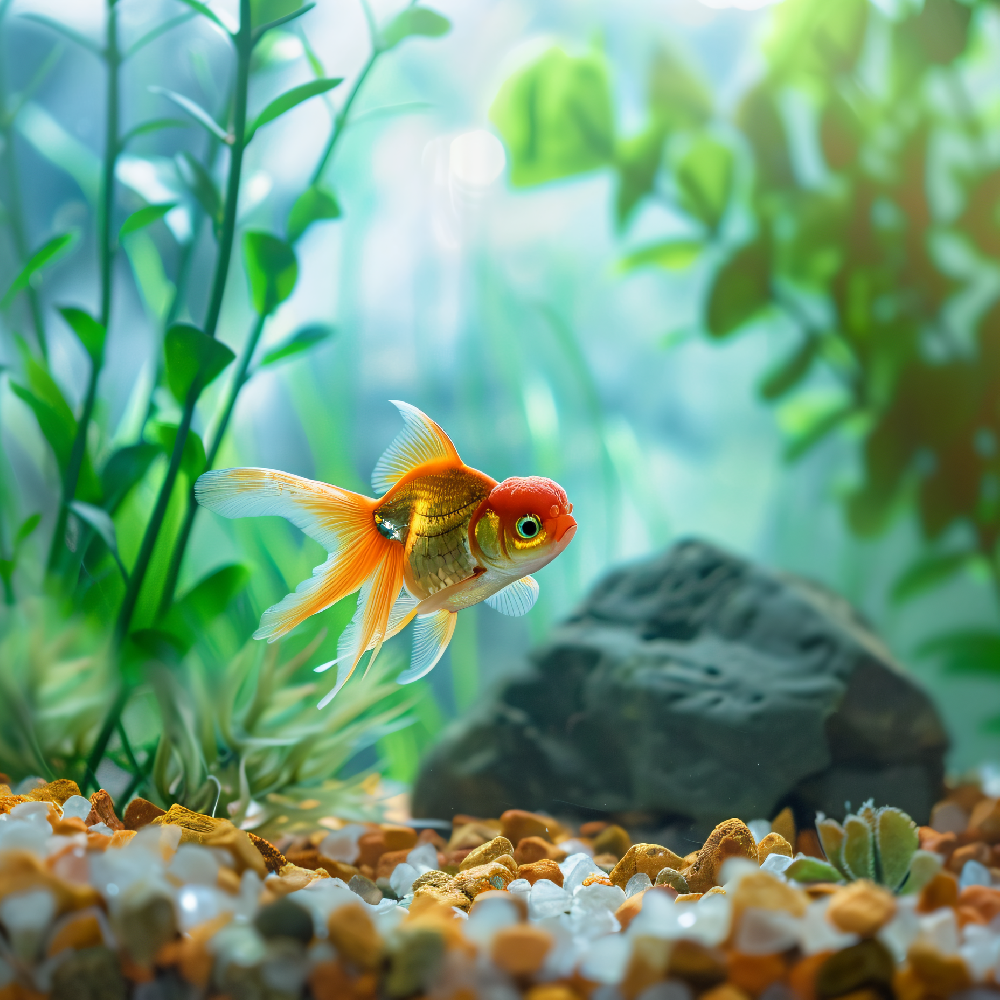Industry news
How to Safely Raise pH in Your Aquarium
Writer: admin Time:2024-11-08 15:09:31 Browse:1317℃
Maintaining Optimal pH Levels in Your Aquarium for Healthy Aquatic Life
Aquarium enthusiasts understand the importance of maintaining the right water conditions for the health and wellbeing of aquatic life. One of the key aspects of water quality is the pH level, which measures how acidic or alkaline the water is. The pH scale ranges from 0 to 14, with 7 being neutral. In aquariums, pH levels can significantly impact the health of fish and other aquatic organisms.
Maintaining the correct pH is crucial for several reasons. Fish are highly sensitive to changes in their environment, and even slight shifts in pH can stress them, leading to illness or even death. The pH level affects biological processes such as respiration, digestion, and reproduction. This blog provides safe and effective methods to balance pH levels in your aquarium, ensuring a healthy environment for your aquatic life.

pH Levels in Aquarium
What is pH and Its Role in Aquatic Environments?
pH is a measure of hydrogen ion concentration in water. It determines how acidic or basic the water environment is, which is critical for the biological and chemical processes occurring in an aquarium. The pH scale is logarithmic, meaning each whole number change represents a tenfold change in acidity or alkalinity.
In aquatic environments, pH influences the solubility and availability of nutrients and minerals. It affects the ionization state of compounds, which can impact the health and growth of fish and plants. For example, certain nutrients are more available at specific pH levels, and fish rely on these nutrients for their physiological processes.
Optimal pH Ranges for Different Aquariums
Freshwater Aquariums: Most freshwater fish thrive in a pH range of 6.5 to 7.5. However, some species, such as those from the Amazon Basin, prefer slightly acidic conditions, while African cichlids do better in alkaline water.
Saltwater Aquariums: The pH in saltwater tanks should be maintained between 8.0 and 8.4. This range supports the health of marine fish, corals, and invertebrates.
Signs and Effects of Low pH on Aquatic Life:
Fish gasping at the surface
Erratic swimming patterns
Lethargy and reduced activity
Poor growth and reproductive issues
Prolonged exposure to low pH can lead to stress, weakened immune systems, and increased susceptibility to diseases. In extreme cases, it can cause severe damage to gills and other tissues, leading to mortality.
Causes of Low pH in Aquariums
Organic Waste Accumulation: Decomposition of uneaten food, fish waste, and dead plant matter releases acids that lower pH.
Water Source: Some tap water sources are naturally acidic, which can affect the aquarium's pH.
Substrate and Decorations: Certain substrates, such as peat moss or driftwood, can release tannins that acidify the water.
Biological Processes: Respiration and bacterial activity produce carbon dioxide, which can form carbonic acid in water, lowering the pH.
Measuring Aquarium pH
Types of pH Test Kits and Sensors
Liquid Test Kits: These are widely used and affordable. They typically involve adding a few drops of reagent to a water sample and comparing the color change to a chart.
pH Strips: Convenient and easy to use, pH strips provide quick readings. However, they may not be as accurate as liquid kits or electronic meters.
Digital pH Sensors: These provide precise readings and are ideal for serious hobbyists. They require regular calibration and maintenance but offer the most accurate results.
How to Lower pH in Freshwater Aquariums
Use of Peat Moss: Adding peat moss to the filter can gradually lower pH by releasing tannic acids.
Driftwood Addition: Like peat, driftwood releases tannins that can reduce pH.
Reverse Osmosis Water: Mixing RO water with tap water can help achieve the desired pH level.
How to Raise pH in Saltwater Aquariums
Marine Buffers: Commercial marine buffers can be added to maintain the pH within the desired range.
Aragonite Substrate: Using aragonite sand or crushed coral as a substrate can naturally raise and stabilize pH.
Regular Water Changes: Frequent water changes with properly mixed saltwater can help maintain stable pH levels.
How to Raise pH in Fish Tanks
Baking Soda Addition: Baking soda is an effective way to raise pH. Add it gradually, dissolving small amounts in water before introducing it to the tank.
Crushed Coral: Adding crushed coral to the filter or substrate can slowly increase pH by releasing calcium carbonate.
Commercial pH Buffers: These are specifically designed to adjust and stabilize pH levels in aquariums.
Common Parameters of Aquarium Water Quality
Parameter | Meaning | Range of Values |
pH Value | pH of Water | 6.0-7.5 |
Temperature | Water Temperature | 22-28℃ |
Hardness (GH) | The content of calcium and magnesium ions in water | 4-12 dGH |
Alkalinity (KH) | The content of carbonates and hydrocarbonates in water | 4-8 dKH |
Dissolved Oxygen | Oxygen content in water | should be as high as |
Ammonia (NH3) | Produced by fish excrement and decomposition of organic matter, toxic in high concentrations | should be as low as |
Nitrite (NO2-) | Produced by decomposition of ammonia, toxic in high | should be as low as |
Nitrate (NO3-) | Produced by the breakdown of nitrites, may be harmful in high concentrations | <50 mg/L |
Conclusion
Maintaining the correct pH in your aquarium is vital for the health and wellbeing of your fish and aquatic plants. By understanding the factors that influence pH and employing safe methods to adjust it, you can create a stable and thriving environment. Regular monitoring and maintenance are key to preventing pH-related issues and ensuring a balanced aquatic ecosystem. By following the guidelines outlined in this blog, you can enjoy a healthy and vibrant aquarium for years to come.
With more than 10 years of experience in water quality monitoring instruments manufacturing, Yosemitech has developed into a leading water quality sensor manufacturer in China and provides one-stop service to global customers. If you have any questions about the pH probes we provide, or are interested in other water quality monitoring instruments, please feel free to contact Yosemitech's professional team.
CATEGORIES
CONTACT US
Yosemitech Technologies Co., Ltd
 +86 19984844080
+86 19984844080
 sales@yosemitech.com
sales@yosemitech.com
 Bldg,25,CECEP Industrial Park, No. 18 Dongchang Rd. Suzhou Industrial Park, Jiangsu Province,China 215126, China
Bldg,25,CECEP Industrial Park, No. 18 Dongchang Rd. Suzhou Industrial Park, Jiangsu Province,China 215126, China







